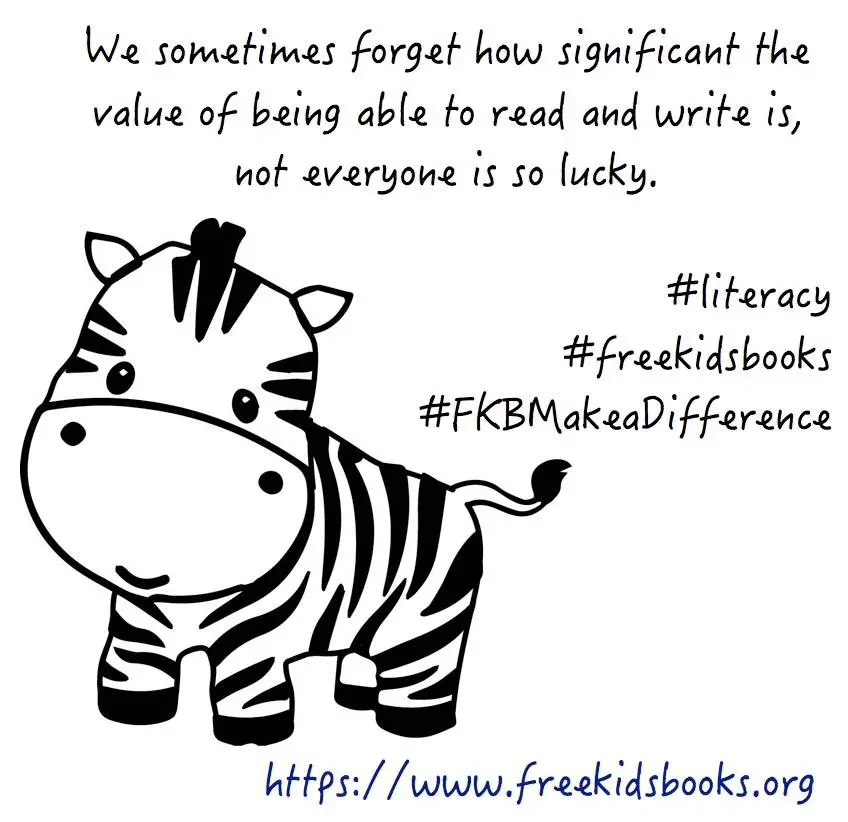A Journey to Reading – Dyslexic Resources – It’s now been a few years since I went through that critical learning to read stage with my eldest child. I remember how much I was looking forward to helping her navigate the journey to being a reader, and reusing all the material I had read to her as a toddler, but now she could read herself, including all the books written for and about her which she treasured so much.
Initially, things seemed to follow a standard progression, it was clear that she was bright, and she picked up the basic concepts of letter recognition well. I researched the topic, and applied what I had learned, in particular, I had learned writing was one of the keys to learning to read, so she practiced daily alphabets and writing the phrase “quick brown fox…” with precision and skill beyond her grade.
In her school class at age 4, the early readers were introduced, and this is where blending skills are first learned. I think this is the point most parents panic, and in my research, I saw so many examples of this. What I discovered is that the act of learning to read is one of the more difficult, and as with any cognitive skill the learning progression is very individual. When combined with potential learning difficulties such as dyslexia, it may not be related to overall intelligence. However many parents fear their children are dyslexic because the stage is, for most, a rather frustrating one. There are even concerned parents paying lots of money for testing and in some cases the dianosis can be false. I am not discouraging proper testing, however I am encouraging proper research into benefits and symptoms prior to jumping to conclusions.
Common Symptoms of Dyslexia
In our case the first sign was when the teacher approached us and said, that our child’s reading ability appeared to be out of sync with her level of intelligence. That is, she was coping very well with everything else in the syllabus, apart from her reading. I consigned to put more time and effort into this in hope to remedy it, however, this was where the next sign would show up.
During reading practice we noticed three clear traits which I subsequently researched as signs of a reading disability.
- Lack of recognition of patterns in text: A simple pattern, for example a CVC pattern which would repeat in early readers with the aim to first learn then recognise on repeat readings, would fail to be recognised. This trait indicated there was potentially an underlying pattern recognition problem rather than just a slow progression in learning to read.
- Over-reliance on memorisation: A tendency to memorise phrases from favourite books, to demonstrate ability. Dyslexics usually have a good memory, and to hide their disability, they use memorisation as a coping mechanism.
- Reversal of letters and words regularly: most children mix up p/q and b/d initially, however if the trait continues after repeated instruction, or if a more regular and more extensive reversal pattern is present, it is potentially an underlying issue with pattern recognition such as dyslexia.
At this point I began looking at dyslexic checklists, and was horrified to see that my child was fitting into the pattern of around 9 out of 10 points on most of the checklists. These checklists which you can find easily on the web with search are very helpful in determining if your child may be dyslexic. I also tried some home-based tests, but the ones I found weren’t so useful, as the grading wasn’t clearly explained.
Step forward 5 years, I am now ashamed to say I was horrified, but that is the feeling one gets. It’s basically a fear that your child won’t be able to compete with others on a level playing field. I’ve learned much more about the disability, and I now know that there are very many coping mechanisms available today, for someone with dyslexia, which enable them to compete on a level playing field, and should one want a diagnosis it can be a disability to be proud of not to be ashamed of. It is so much harder for a dyslexic to function in the world of text, however that also makes it a more special achievement when they do.
At around the same time, my child had noticed her own issue and was no longer trying to hide it but wanted help, I could see the desperation in her eyes, as with a disability such as dyslexia, is marked by someone of normal intelligence who cannot read, so it is incredibly frustrating.
The next step in my journey was research into what to do. And here there were two turning points. The first a chance meeting with a friend at work, and the second was thanks to Free Kids Books, and repeated trial and error approach to find out what would work and what would help.
Research and Connections to Others Who Know About Dyslexia
I cannot emphasis how important it is to research and connect here, that is to speak to others who are sufferers or experts for example, especially those who are impartial. I spoke to friends who were experts in early child hood education and connected with some specialists online. I casually mentioned my concerns in conversations at work, and eventually, I found one of my colleagues who’s wife had been diagnosed at 21, and suffered tremendous abuse from a schooling system without recognition. When my daughter asked me, tearfully, if I knew anyone with the same problem as her, I was so pleased to say “Yes, I do!”. A dinner engagement and a lot of conversation later, the two of us understood far more about the disability than we did before, and I had my eyes opened about possibilities. All these resources helped us on the right path to coping.
Dyslexic Resources and help for struggling and dyslexic readers
Working with a dyslexic child to discover what meets and helps their individual pattern recognition issues is important. This is something I found was critical. Finding books which were within the reader’s grasp, and which kept their interest was an important hook, since it built confidence and skills simultaneously and made reading a joy again. Reading is tough work for dyslexics, and making them want to keep trying is key. To do this I resorted to creating many resources of my own.
Sight Word Books
Sight word books are aimed at the learning to read age, with many repeated words. The common words are all from frequent use lists, or can be phonetically decoded. The words that do not fall into common sight words are those which can be identified by the picture. They are aimed at supporting learning at school or using in home school lessons.
The problem I had was that most books from school, were either too hard as there were many words outside the range of a struggling dyslexic, so I created my own series, using the open dyslexic font, and it worked wonderfully. I encourage you to do the same by providing many of these books in editable form.
The Learn Sight Words Series
Hello Seal – Will You Play With Me?
 All Seasons – Early Reader
All Seasons – Early Reader
By: Free Kids Books
All Seasons is an early reader, rhyming book about seasons aimed at kindergarten children. The book is in a reader-friendly open dyslexic text
Under the Sea – Learn Sight Words
Under the Sea – Learn Sight Words is an aquatic sight word book with simple language and lots of repetition. The book includes word lists and spelling exercises at the end. This text is aimed primarily at children learning to read, or can simply be a fun book to read with toddlers who like sea creatures.
What is Christmas – Learn Sight Words
What is Christmas all about? Is it the presents, and the candy, and the snow – do you even have snow? Or is it about sharing, giving, loving, and growth? Is it about toys or is it about family and fun? Learn sight words in this holiday-themed book.
There are a few more, and we are still adding more to this series, search the site for the phrase “Learn Sight Words” or see the books by Danielle Bruckert.
Personal Books and Segmented Text
The next book addresses two concepts, one is creating books about the child’s adventures which make them both fun for the child to participate in making, and fun for them to read. The second concept I tried was segmenting the words into syllables by colour. This worked brilliantly for reading, but my struggling reader was not impressed since they identified the flaw to me, it is not a permanent solution since normal books don’t have this, and they also felt it highlighted their disability and made them feel silly. It did work however I must state, and for those in the early stages creating several books like this could really improve fluency if used repetitively, and the recognition skills should eventually translate to the same words in plain text.
Zehnya’s Trip to Cape Cross – Colour Coded Words
In Zenya’s Trip, a little girl Zenya details an account of a family trip to Cape Cross Seal Colony. The book includes facts about Namibia, and about seals, including a non-fiction section at the end.

Similar Words Reading List
This book has a whole bunch of similar words which helps students recognize similar English spelling derivatives. I loved these lists for the repetition and reinforcement they provided.
I believe this similar words reading list was a key step in our progress. Because it re-enforced common letter patterns over and over again, in simple words, and features same sound different spelling concepts. This was a much more useful tool than working through the 100 and 200 word reading lists where were assigned at her school. I cannot emphasise enough how much of a breakthrough this technique of reading these lists helped us.
 3,4, and 5 Letter Words – Now I Can read!
3,4, and 5 Letter Words – Now I Can read!
This was the most fun reading book, since it gave my daughter a lot of confidence in her reading. Simple stories that don’t need constant sounding our really help new readers develop their word recognition skills without frustration.
A combination of the sight words series, the similar words reading lists, and this 3,4, and 5 letter story really worked for us. Once we had a foundation we went back to the 100 and 200 word lists with more confidence.
Editable Versions, which enable you to recreate your own story:
I’ve uploaded many of the resources I created in editable versions which enable teachers, parents, or even children to customise them how they wish, or create new stories using the format as a template.
Note, please feel free to write to me about any of the books above and I can provide you with the source files for editing or creating a new version. These books are released in Creative Commons, Non-Commercial licenses, so you are welcome to create a new version for home or for classroom use, the only requirement is to follow the attribution instructions and it must be released under the same license. Please do send us any creations we are happy to post them here.
You can see the editable versions on our “MORE” page, here: https://freekidsbooks.org/subject/files/editable-files/, along with some other resources for learning to read and learning to write.
Open Dyslexic Font
Once I discovered the Open Dyslexic font, I started using it in all my books. For my own child I believe it made a small difference as it was already quite far into her learning stage, I’m sure it would have helped more if we discovered it earlier in the journey. It is a very presentable font for books aimed at young children, so considering it has been researched I figured it is really worth using.
You can find the Open Dyslexic font, and many other resources, free, here: https://opendyslexic.org/.
Early Reader Books
To build on what is available in these workbooks, our Early Readers category contains interesting books which suit emerging readers. The emerging readers are designed to be interesting enough for new readers to enjoy their task, while having a short length to avoid fatigue, a limited vocabulary with lots of sight words and only a few sound-out type words, and lots of repetition for reinforced learning and confidence.
Publishers of books in our emerging reader category include:
- Mustard Seed These are leveled readers (categorised for common reading standards), and have editable and bilingual versions on the publisher’s site.
- Pratham Level 1 Books – These are simple books for early readers
- BookDash – These books are all designed for new readers with a short length and simple phrases.
- FKB Sight Word Series (Our Own series) – Short books with sight words and a dyslexic font, aimed at emerging readers, as detailed above.
- BookBot – Bookbot is a reading app designed with the dyslexic in mind, it is an independant reading app, where the reader can gain exposure to having their reading listened to and corrected by their bookbot app buddy, rather than a real person, so they can gain confidence without fear of embarrassment. Bookbot have several free books on our site designed for the early reader.
All the above publishers provide their books under a creative commons license, which means you are free to remix the work and distribute under the same license. All have also made it easy to copy the books by providing some or all of the source files.
To Diagnose or Not to Diagnose
I decided not to diagnose for three reasons:
- The schooling systems I have been in and countries I was living in during this time did not recognise or provide any support that would validate a diagnosis until later grades;
- With or without a diagnosis, the treatment plan would be the same, that is a strategy of working with the child in remedial reading classes to provide strategies for coping, similar to what I was doing at home through developing materials and working on strengthening skills to cope with tasks required;
- The child seemed very against a diagnosis or any label, and as I learned more about dyslexia I felt the same, mainly because for my particular situation since there was no benefit of having one at this point in schooling resources allocated, so the decision could be deferred until such time as there was a benefit, at which point again we would leave the decision up to the child where age would allow far more perspective. In many cases mild dyslexia can be adequately coped with in mainstream without any need for a label.
This risk-benefit analysis was done in consultation with experts, including those providing diagnosis, those providing teaching support, and the school. Most of those approached concurred that the money was better spent on extra resources at this point.
The balance may change considerably if for example, the schooling system allocates additional resources for those diagnosed, and if the disability is more severe in that it needs special accommodation in class time. In my case neither of these applied, so we will revisit it again when there is a demonstratable benefit, for example extra time in exams.
Living With Dyslexia
Dyslexia is not a disability but a difference. And we should celebrate it this way. Dyslexics are very good with spacial thinking, puzzles, and diverse pattern recognition, for example. Additionally there is so many different ways to read now, audio books are widely available, and most of the web content made these days has video to match the text version, in fact to my own frustration (since I like to read) there is seemingly more video content than text today. Even our search has audio coping tools now. So the world today is so much easier to cope in, and thrive in for persons with all types of disability or difference. The main key to working with a dyslexic child is understanding the difficulties they face, being patient, finding methods that work for them, and teaching them coping mechanisms.
Contact me and Network!
Please contact me or simply leave a comment if you want to connect further on help for dyslexic and struggling readers, if you want more details about any of our books, or if you have created your own books which you want to share!
————
About Danielle Bruckert
Danielle Bruckert is the creator and editor of Free Kids Books. She is a children’s book author, and also writes text books in her occupation as an aviation professional.
Contact Danielle – danielle “at” redskyventures “dot” org
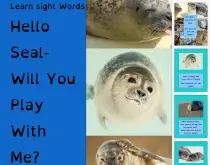
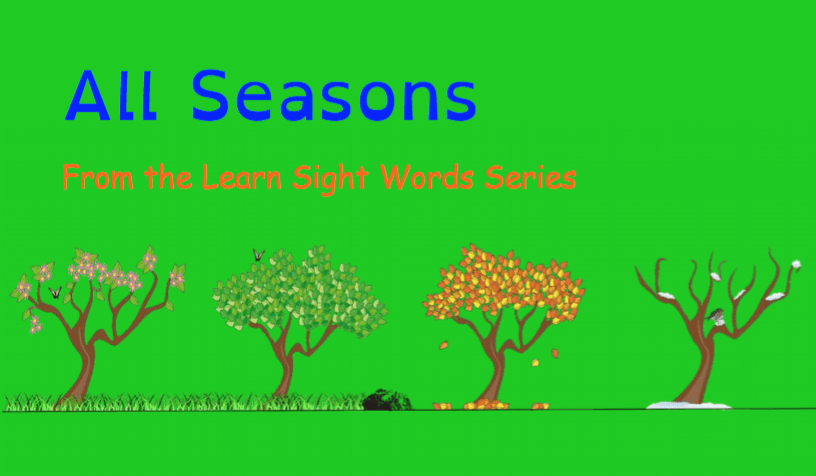
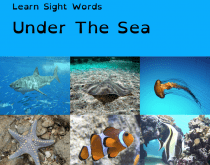

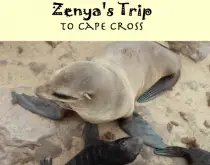
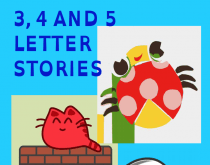 3,4, and 5 Letter Words – Now I Can read!
3,4, and 5 Letter Words – Now I Can read!